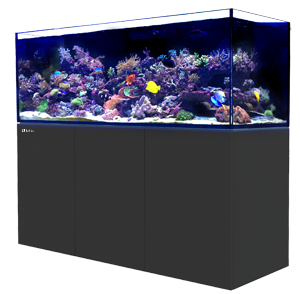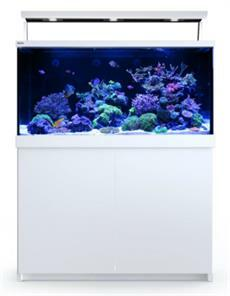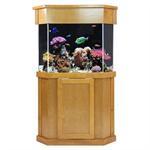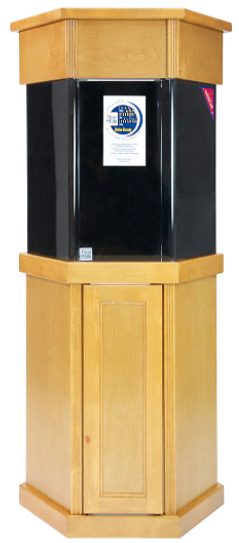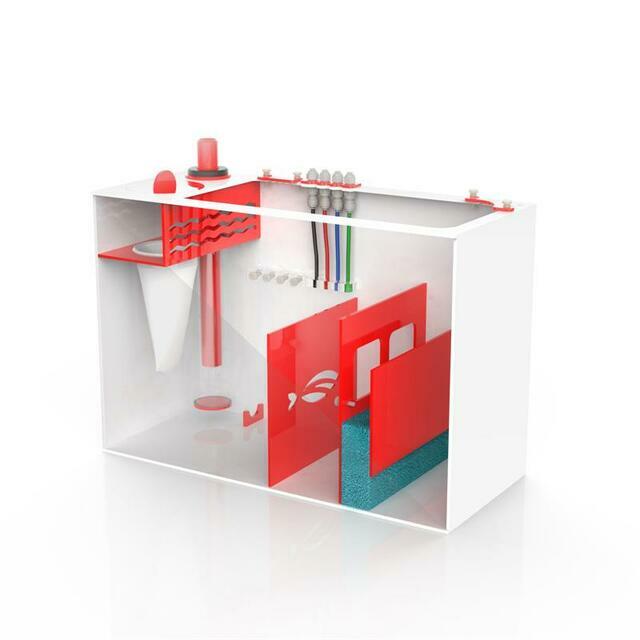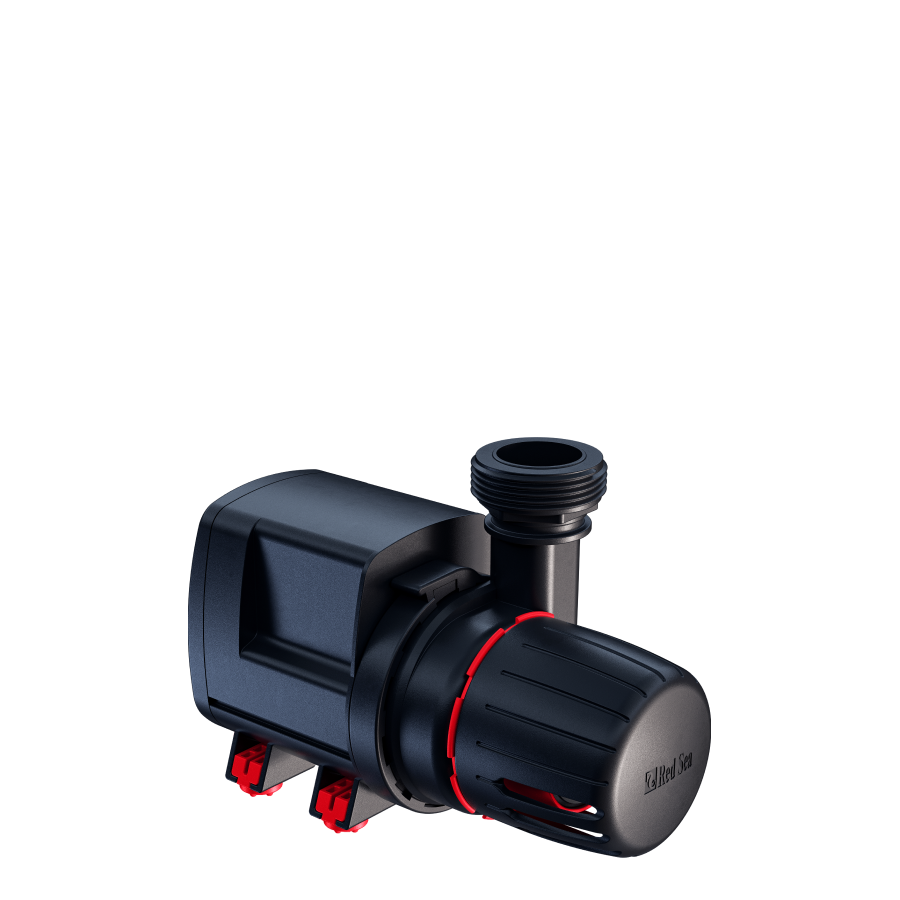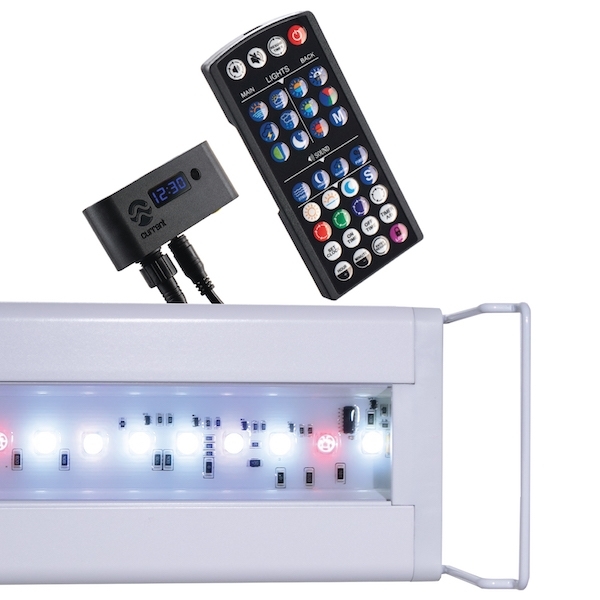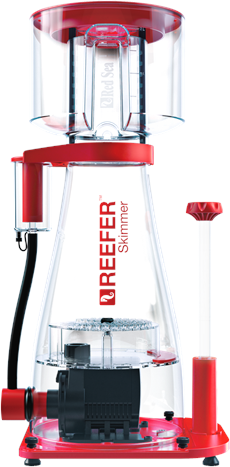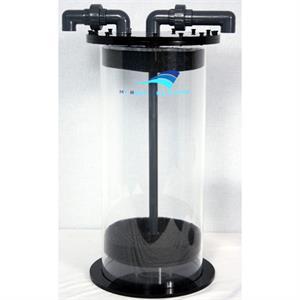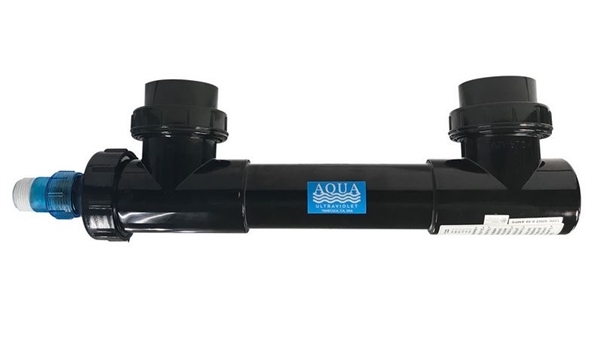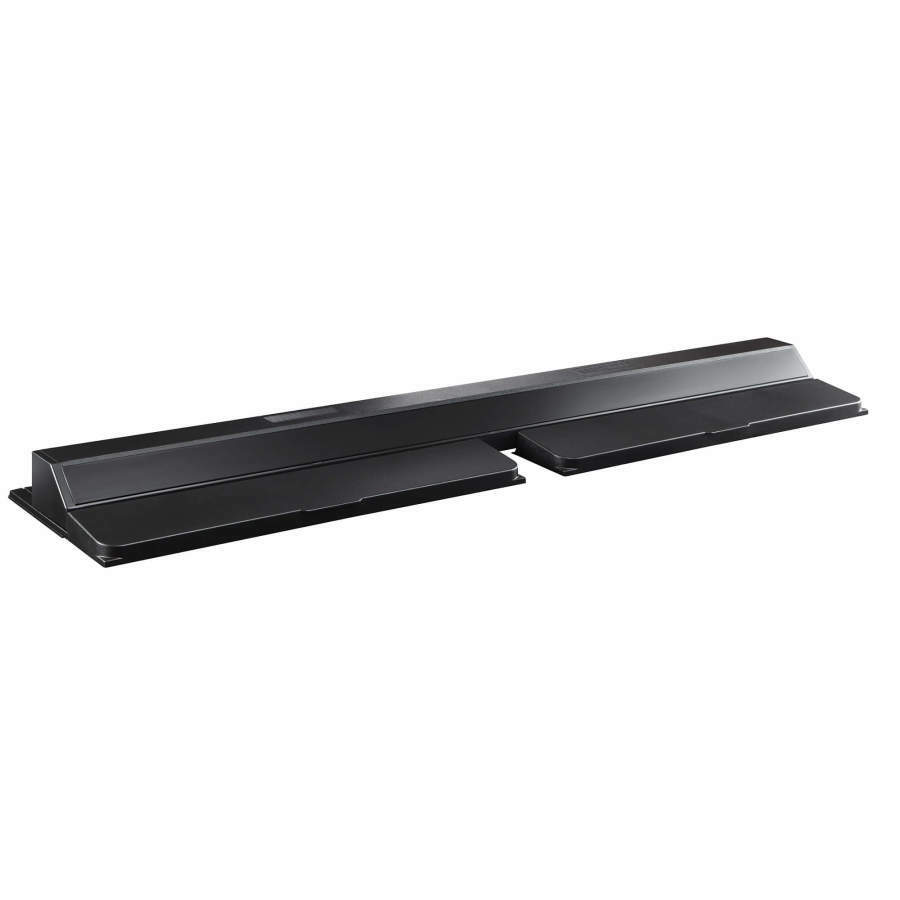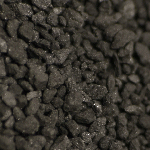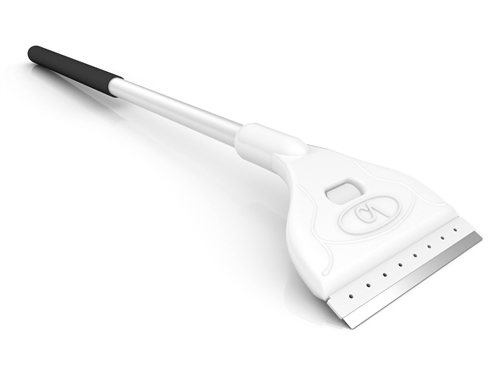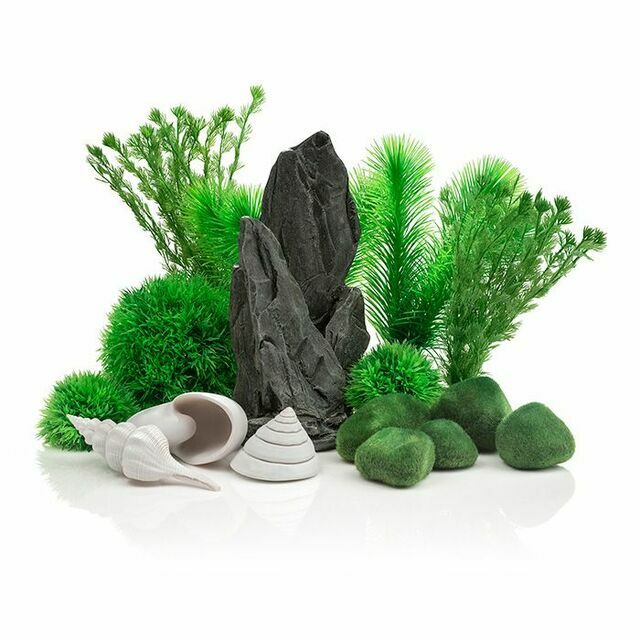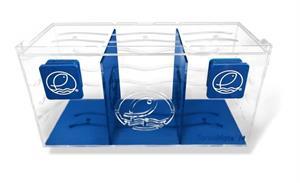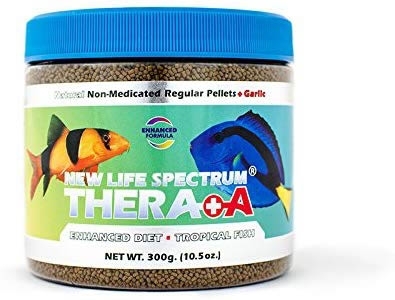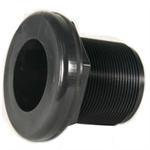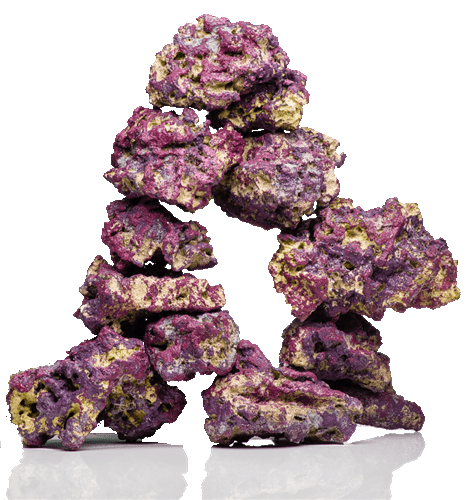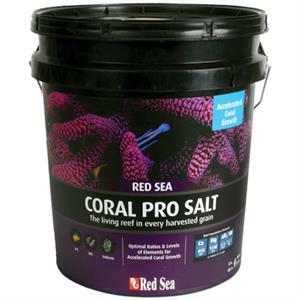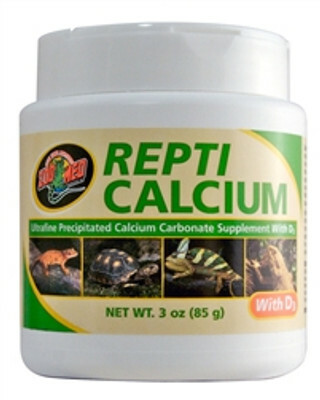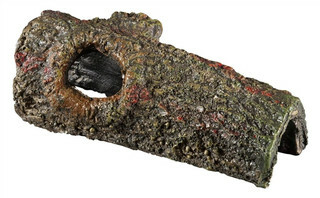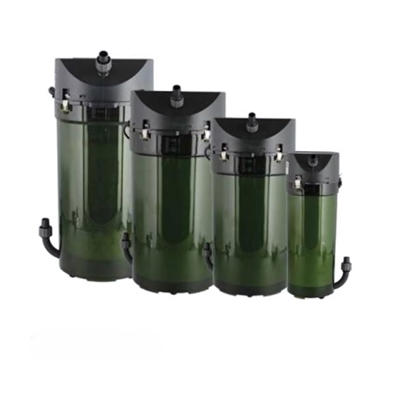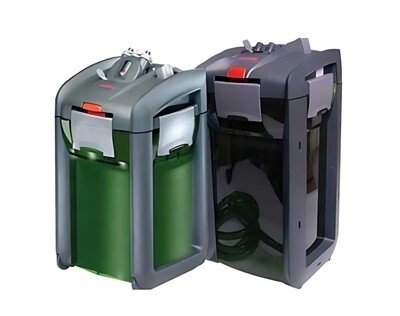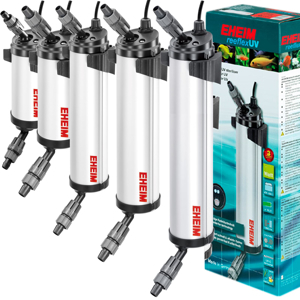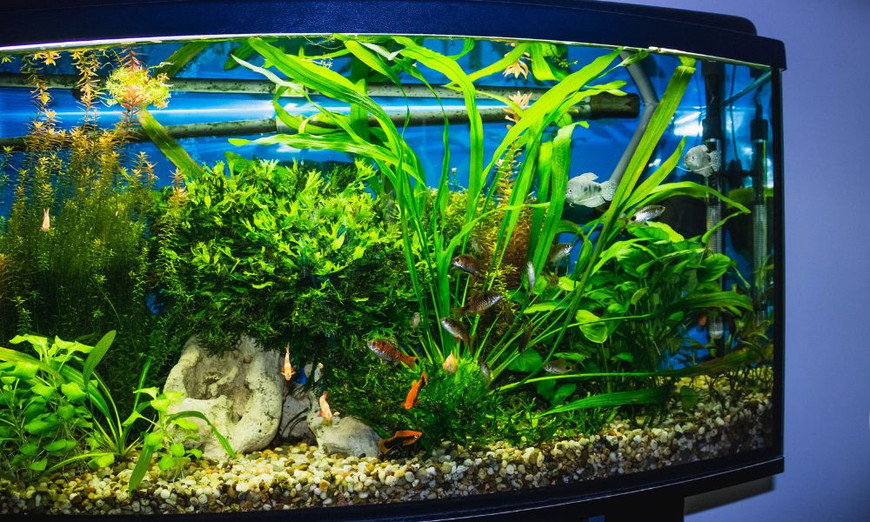Glass vs. Acrylic Aquarium: What Is the Difference?
Fish Tanks Direct on Dec 13th 2022
The only two materials used to craft modern-day aquariums are glass and acrylic. Both materials allow you to view the contents of your tank while still being durable enough to hold gallons of water. While that may seem like the whole story, there are quite a few differences between glass and acrylic aquariums that may significantly impact your next buy.
The Pros of Acrylic
Acrylic aquariums typically consist of cast acrylic—or polymerized methyl methacrylate monomer. A glass mold submerged in warm water fills with the liquid to create a durable yet lightweight plastic that allows manufacturers to customize the overall shape for clients. Because of its design, scratches on acrylic tanks repair easily, making it a tank that can withstand the test of time.
The Cons of Acrylic
Unfortunately, the biggest con of acrylic aquarium tanks comes from the fact that it’s a porous material. Not only will it absorb chemicals over time, but the material can become cloudy and yellow with age. Additionally, acrylic tanks are more expensive than glass, and because it requires a full stand to support its weight, that’s extra cash you have to spend. Acrylic is also incredibly easy to scratch.
The Pros of Glass
Unlike acrylic, glass is nonporous, won’t absorb chemicals or yellow over time, and can outlast an acrylic aquarium by up to five years. Glass aquariums are scratch-resistant, easy to clean, and significantly less expensive than acrylic aquariums. Although glass tanks are heavy, their bottoms are very strong, meaning a partial stand will do just fine. Additionally, most glass aquariums are made with iron, so you’ll see that beautiful, classic blue-green tint, particularly along the seams.
The Cons of Glass
Although glass is very strong and hard to scratch, it simply isn’t as durable, and it can’t be repaired once scratched. Glass also isn’t very customizable, as it is very rigid, which is why you’ll rarely see glass aquariums in shapes other than a square or rectangle.
Ultimately, there are many differences between glass and acrylic aquariums, and while one isn’t necessarily better than the other, knowing what sets them apart can help you make a better choice. And if you’re in the market for a customized acrylic tank, Fish Tanks Direct has you covered. We specialize in crafting acrylic aquarium fish tanks in an array of shapes and sizes and will set it all up for you!

